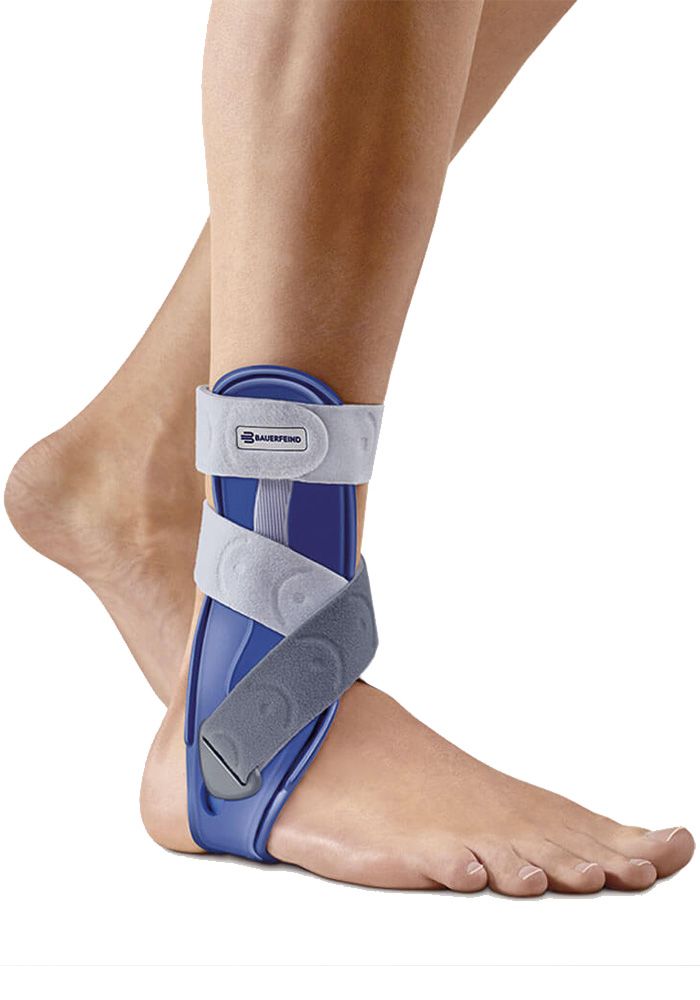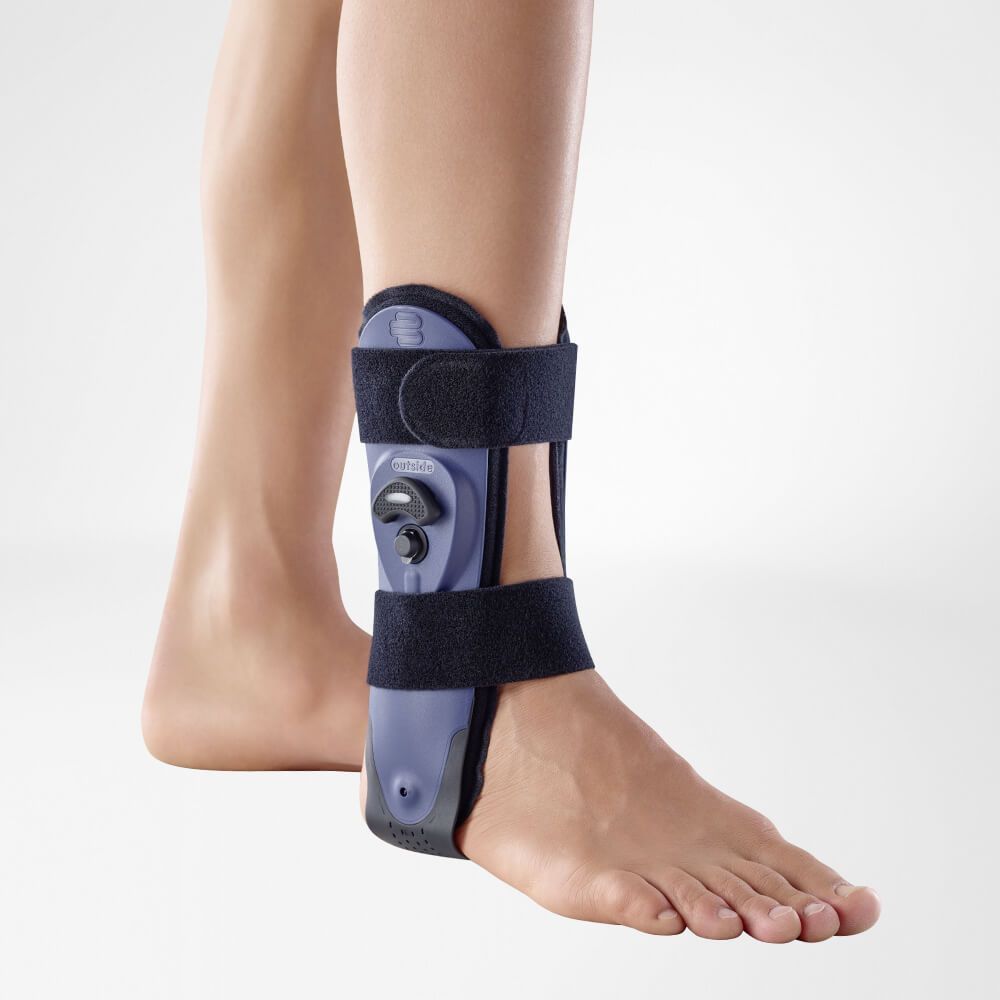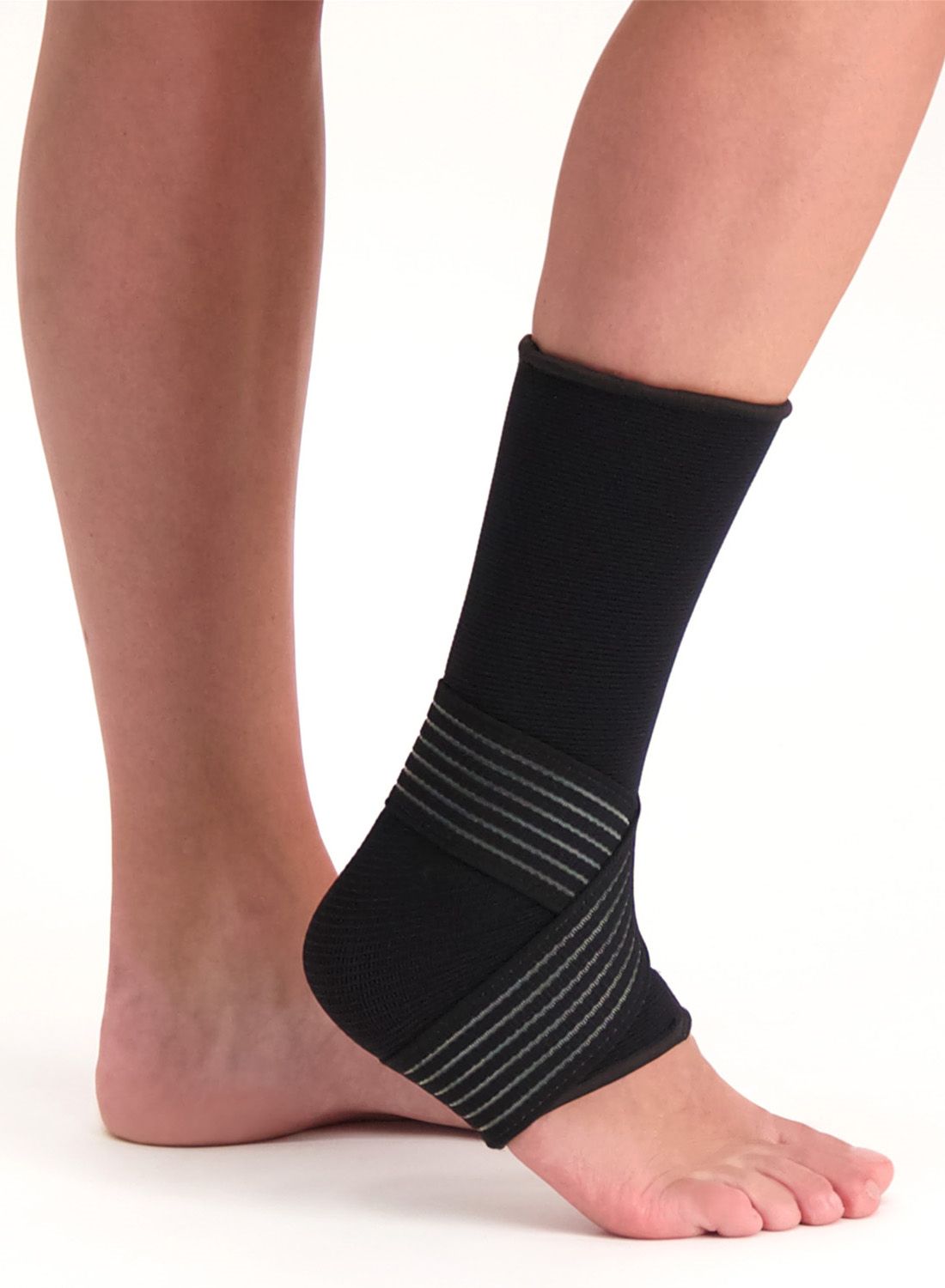Joint Capsule Problems - Others
General information
A dislocated or luxated ankle means that one or more bones are out of their natural position. The ankle joint consists of the tibia, the fibula and the talus. When these are no longer in the right position relative to each other, your ankle is dislocated. The bones are usually held together by ligaments, muscles and capsular ligaments.
When muscles rupture or strain and (capsular) ligaments tear, bones can dislocate easier.
Causes
You usually dislocate your ankle after you sprain it. Sprains are common among athletes who change directions, compete on an uneven surface or land incorrectly after a jump. In addition, a quick fall from high altitude can also be the cause of a dislocated ankle. If you're suffering from hypermobility, for example, there is a higher risk of problems in the capsular ligament.
Symptoms
One experiences a severe and fierce pain in the ankle when it is dislocated. The pain can radiate to the lower leg, foot and toes. Touching the ankle is experienced as very painful and the ankle becomes swollen, blue and warm. Sometimes, the dislocation is visible. In addition, you can also suffer from sensory and circulatory problems when your ankle is dislocated.
Treatment
If your ankle is dislocated, there is a big possibility that your ankle is broken. This can be confirmed by an X-ray. The dislocated ankle would have to be placed back into position by a specialist. After this, it is important to keep moving the ankle without putting too much pressure on it. Recovery can take weeks to months, so visiting a physiotherapist is crucial. To recover quickly or to prevent dislocation, you could also consider wearing one of our braces.

Bauerfeind MalleoLoc Ankle Support

Bauerfeind MalleoTrain Plus Ankle Support
Protection level 2
Bauerfeind AirLoc Ankle Support
Protection level 3
Gladiator Sports Lightweight Ankle Support with Straps

Morsa ThermoCY Lightweight Ankle Football Support

Dunimed Premium Ankle Support (Black & Beige)

- Physiotherapist
- Sports podiatrist
- Manual therapist
- Podopostural therapist
- Myofascial dry needling specialist


